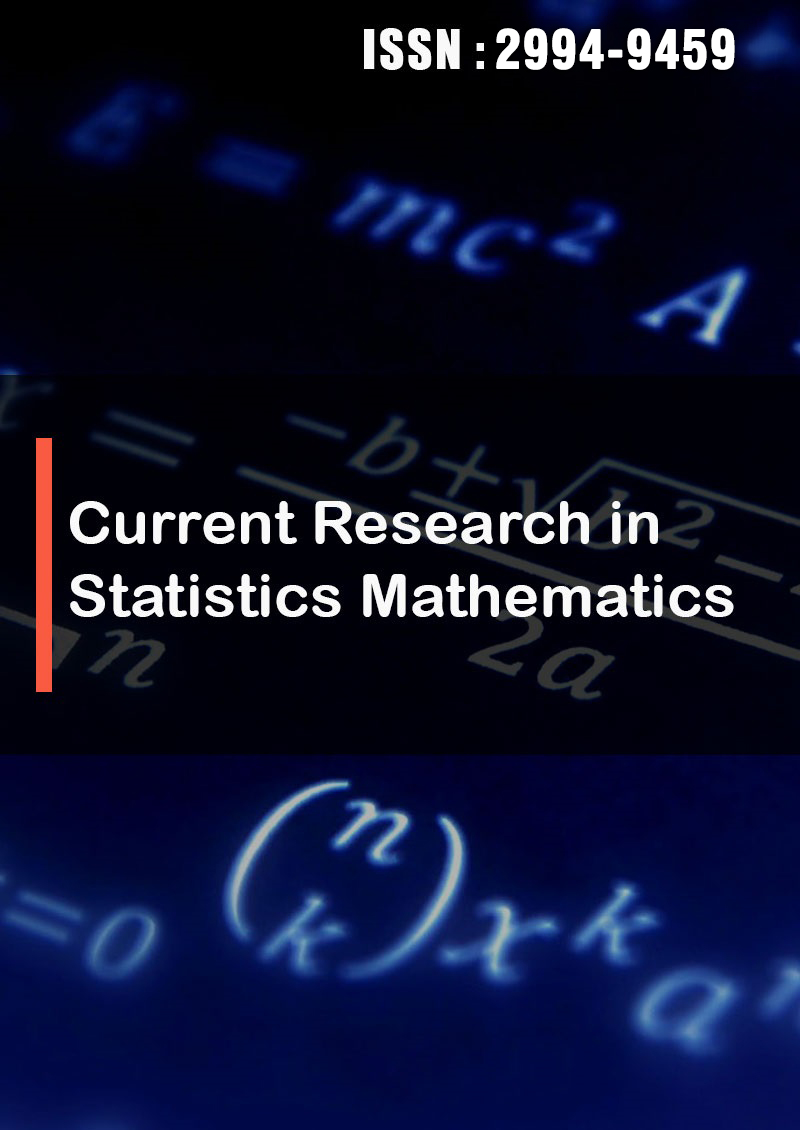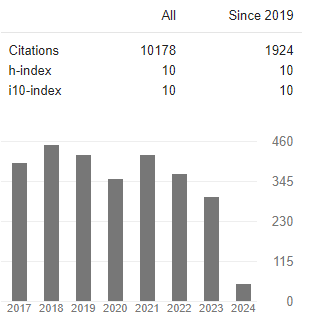New Definition of Prime Numbers with Sppn Tables and Proofs by Induction
Abstract
James M McCanney
Previously published work is summarized showing that the prime numbers form a unique number system independent of other numbers. Rather than being the odd numbers that do not appear in the multiplication table, or identified by a Sieve, they in fact form an elegant mathematical Algebraic Group structure and are calculated directly using only addition and subtraction. A new definition of prime numbers is given, and a new number system results called Nature’s Number System. The prime numbers are calculated in groups of increasingly larger size from prior calculated groups, forming families with unique ancestors and descendants. Group properties include closure, reciprocity, symmetry, completeness and present a wave nature whose wavelengths repeat to infinity. Prime number structures such as twin primes are predictable to infinity because they are built from prior twin prime pairs as ancestors. Unlike other attempts to determine primes such as formulas (e.g. Mersenne Primes), multiplication wheels, sieves, etc., this method becomes more accurate as the numbers increase in size using just a few simple rules. This provides new tools for understanding the complex nature of prime numbers and to create proofs by induction for problems that previously were out of reach.





